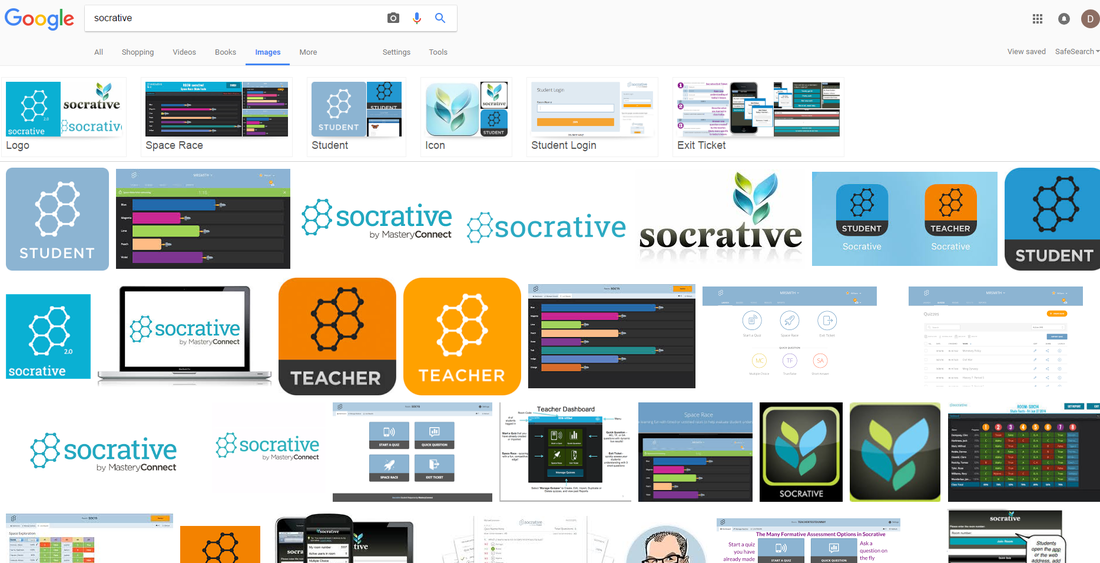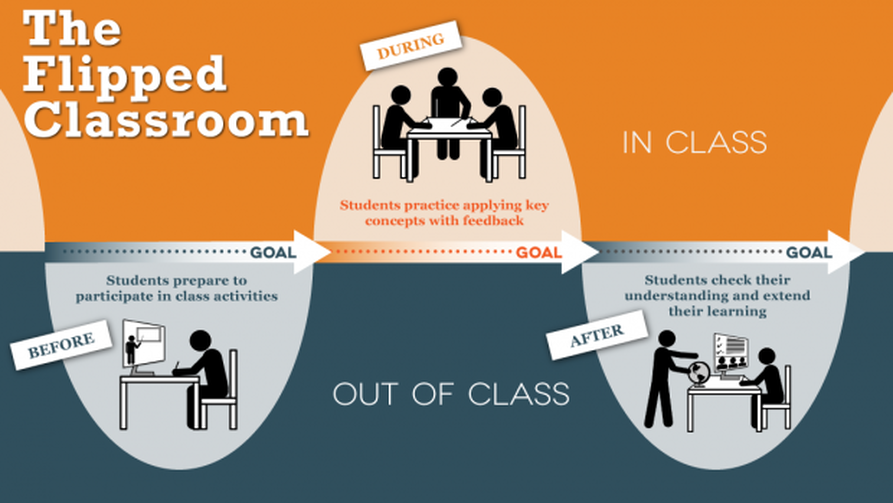Spring inquiry 2017 symposium driving question
How can I implement different strategies in order to improve
academic writing and increase student achievement?
Pre-Test results
Your browser does not support viewing this document. Click here to download the document.
Post-Test Results
Your browser does not support viewing this document. Click here to download the document.
writing Strategies
|
SPRITE
Is an acronym for the different themes/historical categorizations that students will utilize when thinking and taking notes. I had my students focus on these themes throughout lectures and writing lessons. Social • Gender roles and relations • Family and kinship • Racial and ethnic constructions • Social and economic classes Political • Political structures and forms of governance • Empires • Nations and nationalism • Revolts and revolutions • Regional, trans-regional, and global structures & organizations Religion • Religions and Belief systems Intellectual • The arts and architecture • Philosophies and ideologies Technology • Science and Technology Economic • Agricultural and pastoral production • Labor systems Industrialization and globalization • Capitalism and socialism |
|
Big Contextualization
This was a lesson strategy I picked up at a summer 2016 conference, and in conjunction with the SPRITE Graphic Organizer I provided my students, I had them re-write their introductory paragraphs from the pre-test, but before they did so, my students needed to look critically at their contextualization piece of their paragraph (the first three sentences) and create a picture with three main components showcasing the links between smaller points and the larger theme/prompt. The example I used in class was a drawing of a tree: The roots, the trunk, and the leaves/branches. An example of Big Contextualization is provided below in the student evidence. |
Contextualization: Students must dissect the prompt, and then appropriately paint the scene for the reader, leading up to what the prompt is asking. Establishing the who, what, when and why.
Where and when was the source created? What was going on at the time? What has just happened? Is the document a reaction to some event? How does this source represent the period? "After the passage of the Stamp Act in 1764..." |
|
Peer Grading
Evidence shows that students who read other students' work, both good and bad examples, will gain a frame of reference and through self-assessment, they can compare themselves to their peers. Stronger students can offer valuable feedback to those students who are lacking in the skill of writing and answering a prompt. There are two pieces of evidence below that showcase the peer-grading feedback on the Pearl Harbor prompt that served as my pre and post-test assessments. |
|
Teaching Contextualization
Using the prompt found in the resource file to the right, I had my students use SPRITE and we brainstormed appropriate contextual examples addressing the following turning point prompt: Evaluate the extent in which the Civil War was a turning point in the lives of African Americans in the United States. Use the documents and your knowledge of the years 1860-1877 to construct your response. |
In these sorts of prompts, College Board likes to utilize Turning-points in history and have students argue why a particular event or time period was a turning point. In Periodization essay prompts, using BASD
(Before, After, Similar, and Different) within the first three or four sentences of the essay is a helpful trick to help the author earn the Contextualization point on these types of DBQ prompts. The button located above has the resource used, as well as both good and bad examples. |
Socrative
"Socrative is your classroom app for fun, effective classroom engagement.
No matter where or how you teach, Socrative allows you to instantly connect with students as learning happens.
Quickly assess students with prepared activities or on-the-fly questions to get immediate insight into student understanding. Then use auto-populated results to determine the best instructional approach to most effectively drive learning."
"Socrative is your classroom app for fun, effective classroom engagement.
No matter where or how you teach, Socrative allows you to instantly connect with students as learning happens.
Quickly assess students with prepared activities or on-the-fly questions to get immediate insight into student understanding. Then use auto-populated results to determine the best instructional approach to most effectively drive learning."
I used Socrative to have students post thesis statements in small groups and we viewed them as a whole and I offered my feedback. Students can post anonymously or with a name. Socrative has many different tools such as quizzes, and immediate feedback and live results.
I have found it easier to have my students just go to Socrative.com and enter the room number rather than download the app.
I have found it easier to have my students just go to Socrative.com and enter the room number rather than download the app.
Flipped Lecture
|
Research
|
Unit 8 (1945-1980) The Cold War to Reagan
I have been "flipping lectures" as I have had students take notes at home filling in the guided lecture notes, coming prepared to class with questions, ready to apply what they learned through in-class writing activities and prompts. |
In-class Causation dbq
|
Refining thesis statement infoThis handout describes what a thesis statement is, how thesis statements work in your writing, and how you can craft or refine one for your draft.
|
Socrative survey results
Your browser does not support viewing this document. Click here to download the document.
examples of student evidence
Links and writing samples below
Your browser does not support viewing this document. Click here to download the document.
Socrative Partnered Contextualization Responses
Your browser does not support viewing this document. Click here to download the document.
Two examples of the Pre-Test and DBQ Re-write on the question: Why did Japan Attack Pearl Harbor?
Your browser does not support viewing this document. Click here to download the document.
Your browser does not support viewing this document. Click here to download the document.
Causation DBQ Early Cold War (1945-1960)
Your browser does not support viewing this document. Click here to download the document.
Big Contextualization Tree
Your browser does not support viewing this document. Click here to download the document.
1920's Cultural Changes Long Essay Question (LEQ)
Your browser does not support viewing this document. Click here to download the document.


